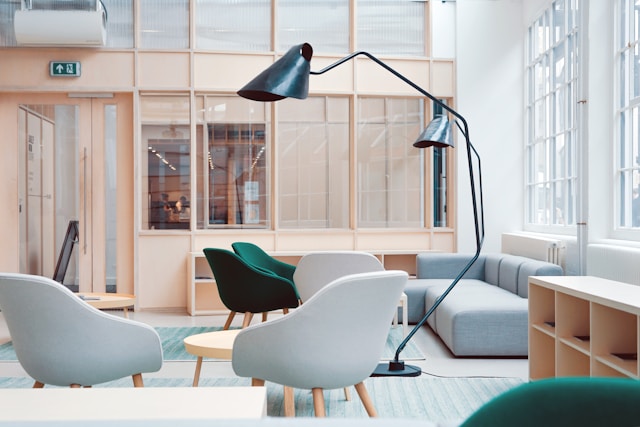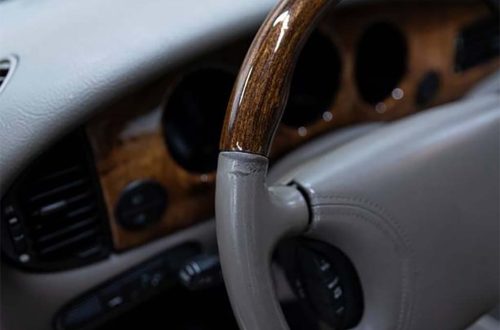Ruleta online, like the endless options available in the world of furniture, choosing the right pieces for a home, office, or outdoor space can feel like a game of strategy and chance. Furniture is an essential aspect of our daily lives, influencing not only comfort and functionality but also aesthetics and personal style. From ancient wooden stools to modern, ergonomic office chairs, furniture has evolved in design, materials, and purpose to meet the ever-changing needs of society.
This article explores the history of furniture, its various types, modern trends, and how to choose the best pieces for different spaces.
A Brief History of Furniture
Furniture has been a part of human civilization for thousands of years, adapting to cultural, technological, and social changes. The earliest furniture pieces were simple wooden or stone constructions used for sitting, sleeping, and storage. Over time, craftsmanship improved, and furniture became not only functional but also an art form.
Ancient Civilizations and Their Influence
- Egyptian Furniture: The Egyptians were among the first to create sophisticated furniture pieces, often made of wood, ivory, and gold. Chairs, stools, and beds were commonly found in their households, with intricate carvings and decorative elements.
- Greek and Roman Influence: The Greeks introduced more elegant and proportional furniture, including the famous klismos chair with its curved legs and comfortable backrest. The Romans further enhanced furniture design, incorporating marble, bronze, and upholstery for luxury and comfort.
- Medieval and Renaissance Eras: During the Middle Ages, furniture was largely functional, made of heavy wood and often ornately carved. The Renaissance period saw a revival of artistic expression in furniture, with more refined designs, symmetrical structures, and high-quality materials.
The Industrial Revolution and Modern Advancements
With the advent of the Industrial Revolution, furniture became more accessible to the general public. Mass production techniques allowed for affordable, standardized pieces, making stylish and comfortable furniture available to a broader population. The 20th and 21st centuries brought innovations in materials, such as metal, plastic, and composite wood, as well as ergonomic and space-saving designs to fit modern living environments.
Types of Furniture and Their Functions
Furniture serves different purposes in various spaces, enhancing both functionality and aesthetics. Here are the primary categories of furniture and their significance:
1. Living Room Furniture
The living room is the heart of a home, designed for relaxation, entertainment, and social gatherings. Essential pieces include:
- Sofas and Sectionals: Available in various sizes and materials, sofas provide comfort and style.
- Coffee Tables and Side Tables: Functional for holding drinks, books, and decorative items.
- Entertainment Units: Designed for TVs, sound systems, and storage of media essentials.
2. Bedroom Furniture
A well-furnished bedroom enhances rest and relaxation. Key furniture includes:
- Beds and Mattresses: Available in different sizes (twin, queen, king), with options for memory foam, hybrid, and orthopedic mattresses.
- Wardrobes and Dressers: Essential for storage and organization of clothing and accessories.
- Nightstands: Convenient for placing lamps, books, and essentials within reach.
3. Dining Room Furniture
Dining spaces are meant for gathering and enjoying meals. Popular furniture items include:
- Dining Tables and Chairs: Available in wood, glass, metal, and extendable designs for flexible seating.
- Buffets and Sideboards: Useful for storing dinnerware and serving food.
- Bar Stools and Counter Chairs: Ideal for kitchen islands and casual dining setups.
4. Office Furniture
As remote work becomes increasingly common, functional office furniture is essential. Important pieces include:
- Desks and Workstations: Adjustable and ergonomic desks help improve productivity.
- Office Chairs: Designed for lumbar support, preventing back pain.
- Storage Solutions: Filing cabinets, bookshelves, and drawers help keep workspaces organized.
5. Outdoor Furniture
Outdoor spaces like patios and gardens require durable, weather-resistant furniture. Popular options include:
- Patio Sets: Comprising chairs, tables, and sometimes an umbrella for shade.
- Lounge Chairs and Hammocks: Perfect for relaxation under the sun.
- Fire Pits and Outdoor Sofas: Ideal for entertaining guests in outdoor settings.
Modern Furniture Trends
As lifestyles and preferences change, so do furniture trends. Here are some of the most popular contemporary furniture trends:
1. Minimalism and Functional Design
Modern furniture emphasizes clean lines, neutral colors, and multifunctional features. Scandinavian-inspired designs, with their simple yet elegant appeal, remain a favorite choice among homeowners.
2. Smart and Tech-Integrated Furniture
With the rise of smart homes, furniture is evolving to include wireless charging stations, built-in LED lighting, and voice-controlled adjustments. Recliners, beds, and office desks now come with tech-enhanced features for improved comfort and convenience.
3. Sustainable and Eco-Friendly Furniture
With growing concerns about environmental sustainability, many manufacturers are producing furniture using recycled materials, bamboo, reclaimed wood, and low-VOC (volatile organic compound) finishes to reduce their carbon footprint.
4. Modular and Space-Saving Solutions
Urban living has led to increased demand for modular and compact furniture that can be easily adjusted or expanded based on space availability. Murphy beds, foldable desks, and nesting tables are examples of furniture designed for small apartments and studios.
Tips for Choosing the Right Furniture
Selecting the right furniture involves balancing style, comfort, and practicality. Here are some tips to make the best choices:
- Consider Your Space: Measure the dimensions of your room to ensure the furniture fits appropriately without overcrowding the area.
- Prioritize Comfort: Whether it’s a sofa, chair, or mattress, comfort should always be a priority. Test furniture before purchasing whenever possible.
- Focus on Quality: Investing in high-quality furniture can save money in the long run by reducing the need for frequent replacements.
- Choose a Cohesive Style: Whether you prefer modern, traditional, or eclectic aesthetics, ensure that your furniture complements the overall decor of your home.
- Think About Functionality: If you have limited space, opt for multifunctional furniture such as storage beds, extendable dining tables, or convertible sofas.
Conclusion
Furniture is more than just a necessity; it is a reflection of lifestyle, personality, and comfort. Whether you’re furnishing a new home, upgrading your workspace, or designing an outdoor oasis, selecting the right pieces can greatly enhance functionality and aesthetics.
As trends continue to evolve, sustainability, technology, and flexibility remain key factors in modern furniture design. By understanding the history, styles, and practical considerations of furniture selection, you can create a space that is both stylish and practical, meeting your needs for years to come.





